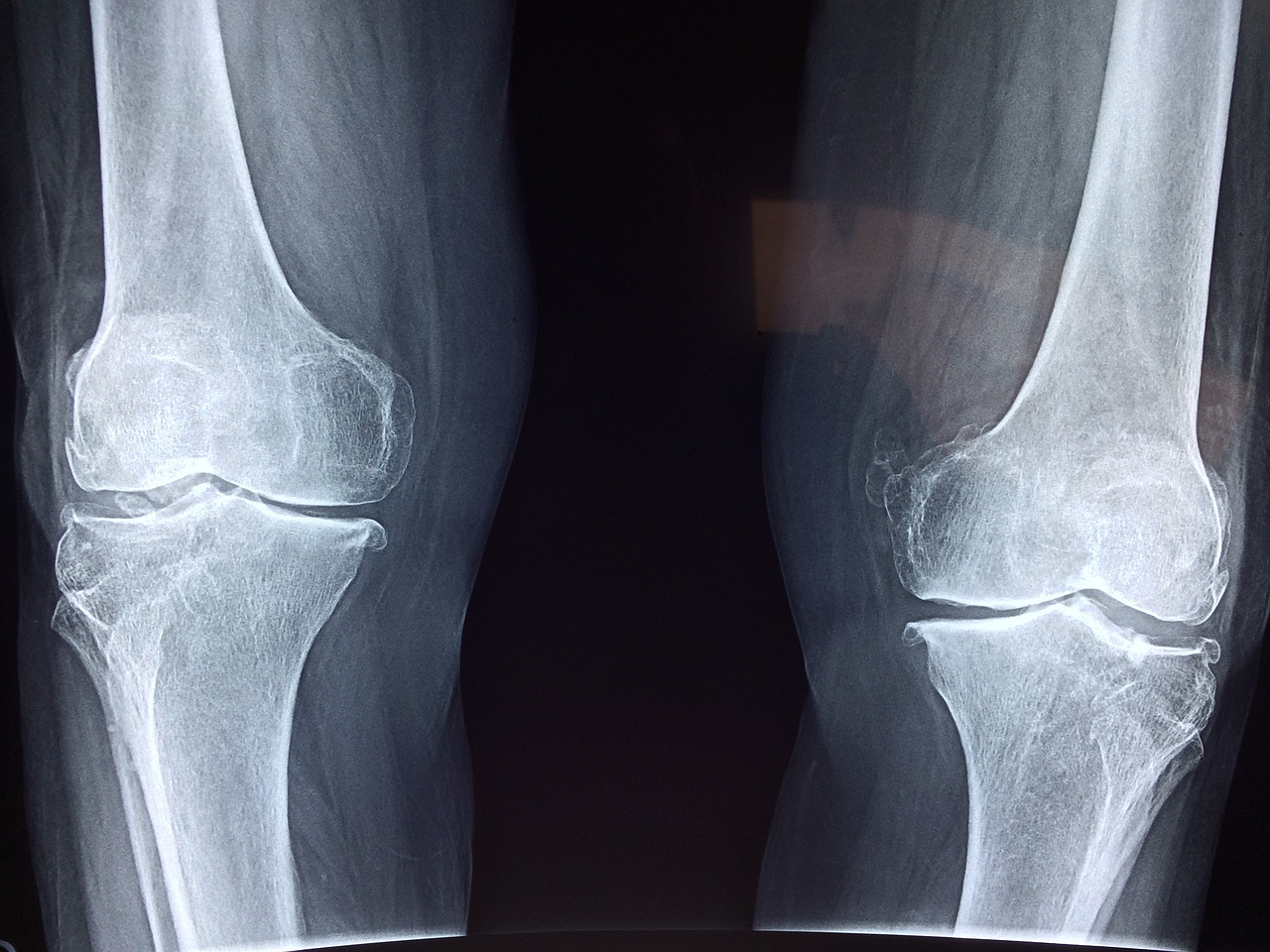Article Title:Two shoulder-joint dislocations in early 19th-century Londoners
Abstract:
Two shoulder-joint dislocations in early 19th century Londoners were examined. Both subjects were crypt-interred and so came from wealthy families. Both were rare posterior dislocations. The anatomical aspects are considered. One was from a woman who died in 1813 aged 44 years. Two facets on the infraspinous surface showed that the displaced head had formed a pseudarthrosis, that had possibly existed for 10 years, just medial to the glenoid cavity. The principles of reduction and after-treatment of such dislocations were well-understood at that time. Inferences from the specimen were facilitated by a detailed report published by a London surgeon in 1839 on an autopsy specimen from a 52-year-old man who had suffered a posterior dislocation 7 years previously during an epileptic fit, a well-known complication. Following reduction the dislocation recurred but he continued to live the life of a horse-riding gentleman. The possibility exists that the woman from the crypt was epileptic and was advised against undergoing the rigours of reduction without anaesthesia. Her pseudarthrosis would have enabled her to maintain, with the help of servants, the household of her husband, a cashier of the Bank of England. The other specimen was from a 77-year-old man who died in 1804. The main feature was a wedge-shaped defect on the anterior aspect of the humeral head, which conformed to descriptions of compression fractures produced by the displaced head being driven against the sharp rim of the glenoid cavity. The head may remain locked in that position or driven further to lie medial to it. The surfaces of the defect showed signs of healing and so the dislocation was estimated to have occurred a few weeks before death and perhaps remained in the locked position because there was no sign of the head having rested medial to the glenoid cavity. Copyright (c) 2000 John Wiley & Sons, Ltd.
Keywords: historical aspects; rotator cuff; epilepsy; pseudorthrosis; compression fracture of humeral head; Hill-Sachs lesion
DOI: 10.1002/(SICI)1099-1212(200003/04)10:2<125::AID-OA515>3.0.CO;2-#
Source:INTERNATIONAL JOURNAL OF OSTEOARCHAEOLOGY
Welcome to correct the error, please contact email: humanisticspider@gmail.com



